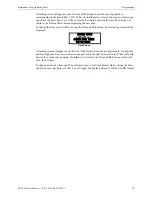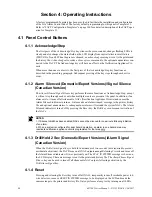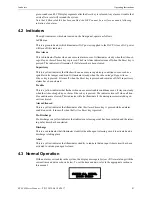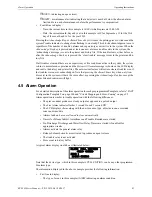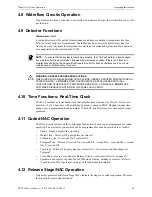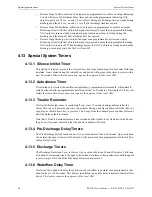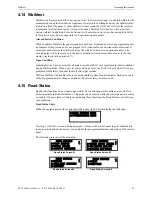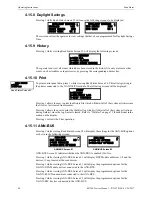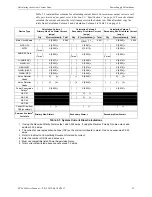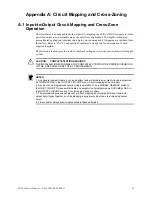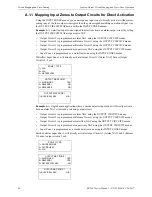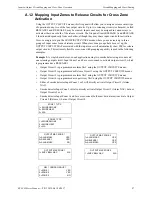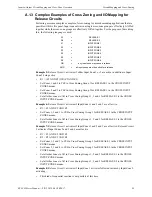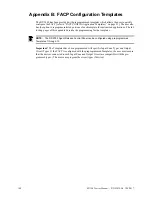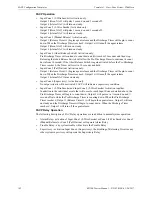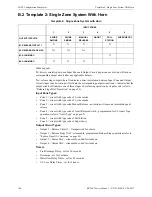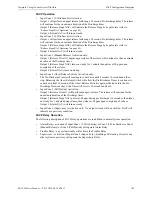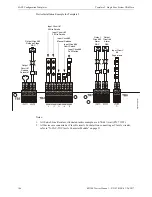
92
RP-2002 Series Manual —
P/N 53039:E6 1/26/2017
Power Supply Calculations
Calculating the System Current Draw
5.3 Calculating the System Current Draw
5.3.1 Overview
The control panel must be able to power all internal and external devices continuously during the
non-fire alarm condition. To calculate the non-fire alarm load on the system power supply when
primary power is applied, use Calculation Column 1 in Table 5.3 on page 93. The control panel
must support a larger load current during a fire alarm condition. To calculate the fire alarm load on
the power supply, use Calculation Column 2 in Table 5.3 on page 93. The secondary power source
(batteries) must be able to power the system during a primary power loss. To calculate the non-fire
alarm load on the secondary power source, use Calculation Column 3 in Table 5.3 on page 93.
When calculating current draw and the battery size, note the following:
•
‘Primary’ refers to the main power source for the control panel
•
‘Secondary’ refers to the control panel’s backup batteries
•
All currents are given in amperes (A). Table 5.2 shows how to convert milliamperes and
microamperes to full amperes.
5.3.2 How to Use Table 5.3 on page 93 to Calculate System
Current Draw
Use Table 5.3 on page 93 to calculate current draws as follows:
1.
Enter the quantity of devices in all three columns
2.
Enter the current draw where required. Refer to the
Device Compatibility Document
for
compatible devices and their current draw
3.
Calculate the current draws for each in all columns
4.
Sum the total current for each column
5.
Copy the totals from Column 2 and Column 3 to Table 5.4 on page 94
Following are the types of current that can be entered into Table 5.3 on page 93:
Calculation Column 1
- The primary supply current load that the control panel must
support during a non-fire alarm condition, with AC power applied.
Calculation Column 2
- The secondary supply current load that the control panel must
support during a fire alarm condition.
Calculation Column 3
- The standby current drawn from the batteries in a non-fire alarm
condition during a loss of AC power.
To convert...
Multiply
Example
Milliamperes (mA) to
amperes (A)
mA x 0.001
3 mA x 0.001 = 0.003A
Microamperes (µA) to
amperes (A)
µA x 0.000001
300 µA x 0.000001 = 0.0003 A
Table 5.2 Converting to Full Amperes
Summary of Contents for NOTIFIER RP-2002C
Page 158: ...Cut along dotted line ...


